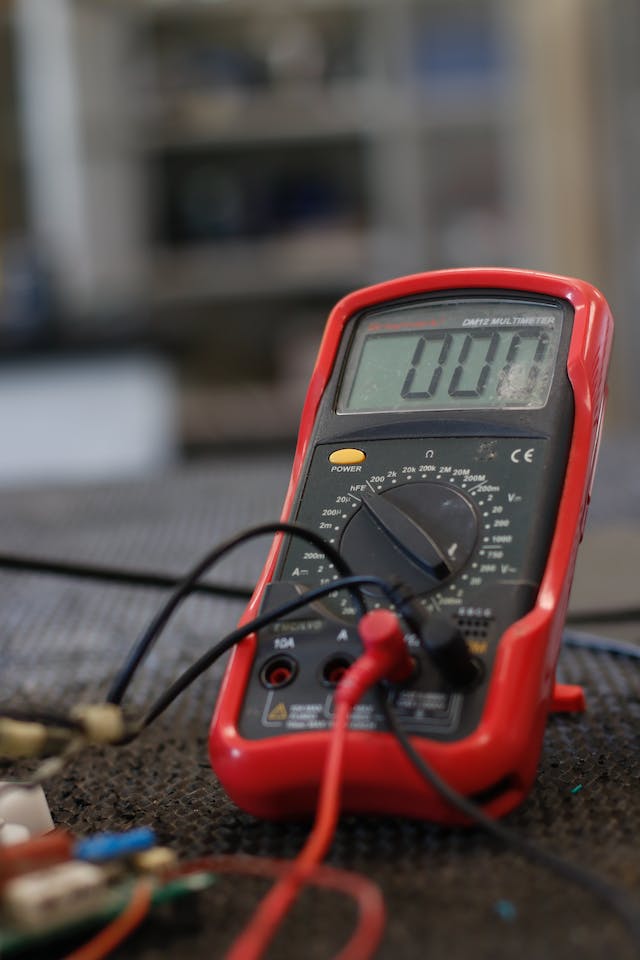If you’ve never heard of a toggle switch before now, chances are you’ve had your hands on plenty of these devices throughout the course of your life.
Your home’s light switches are operated by toggle electrical switches and these can typically be found throughout any modern home across the United States. But, what you might not realize is that your switches and outlets come in a few different forms and the internal wiring can be different depending on the device that they’re designed to operate.
If you’re a DIY enthusiast, and you’re planning on replacing, repairing, or otherwise removing any of your electrical switches or outlets around your home, there are a few things you should know in order to differentiate between these various types of electrical devices.
Here, we’ll define the different types of electrical devices present in your home.
Single Pole Switches
A single pole switch is by far the most common type of toggle switch found throughout modern homes in the United States. These are designed to operate a single device such as a light, receptacle, or any other device from one location only.
Single pole switches are also the most common switch to undergo wear and tear due to the constant on-off motion by occupants of the home. Often these can become discolored or loose over time, and when this happens it could cause a hazard.
If you hear a popping noise or see any sparks when operating your switches, the first thing you need to do is to cut the power off to that room from the breaker control box. After you’ve cut the power, it’s time to call a certified electrician.
Electrical contractors are well trained to replace broken or faulty switches. These individuals are required by your state to obtain an electrical contractor’s license in order to work or offer services in your community, and this means that they can perform these repairs safely and efficiently. Usually, continuing education courses are required for license renewal.
120-Volt Receptacle
A 120-volt receptacle (outlet) is the most common form of electrical outlet found across North America, and these outlets haven’t changed at all since their adoption for standard use in the 1950s. These are the outlets found in the oldest of buildings, even in Madison Square Gardens which was built in the 19th century.
The 120-volt receptacle is characterized by its two parallel, vertical prong outlets with a circular ground component. Like your single pole switch, the 120-volt outlet can undergo wear and tear over time especially from the continuous in-out motion from inserting and removing plugs around the home.
Often, these outlets become worn. They can chip or become loose. And, when this happens, it presents a hazard to you and to any of the occupants in your home.
While you can disassemble the outlet when the power is disconnected, this is another project that should be outsourced to an electrician due to the intricate wiring present behind the receptacle.
Remember, when in doubt, call an expert and have them figure it out.
220-Volt Receptacle
The 220-volt outlet is another of the most common outlets found across the United States. These are often considered to be the most powerful outlets found within the home, and some of them are 3-prong while others are 4-prong.
A 220-Volt outlet is used primarily for large appliances that can’t operate on the lower 120-volt outlets. These appliances are typically, ovens, driers and other high powered appliances that are found in the common household.
The nature of a high-voltage outlet makes them extremely dangerous, especially if they become loose or faulty. Additionally, many drier manufacturers have outfitted their appliances with a 4 or 3 prong plug. When you move into a home, many homeowners find that they have to change the plug on the drier to fit the receptacle.
No matter what sort of work you’re doing around the house, it’s a good practice to get into to take note of your switches and receptacles. If you notice anything out of the ordinary or anything that looks unsafe, play it safe and call your electrical contractor immediately.

